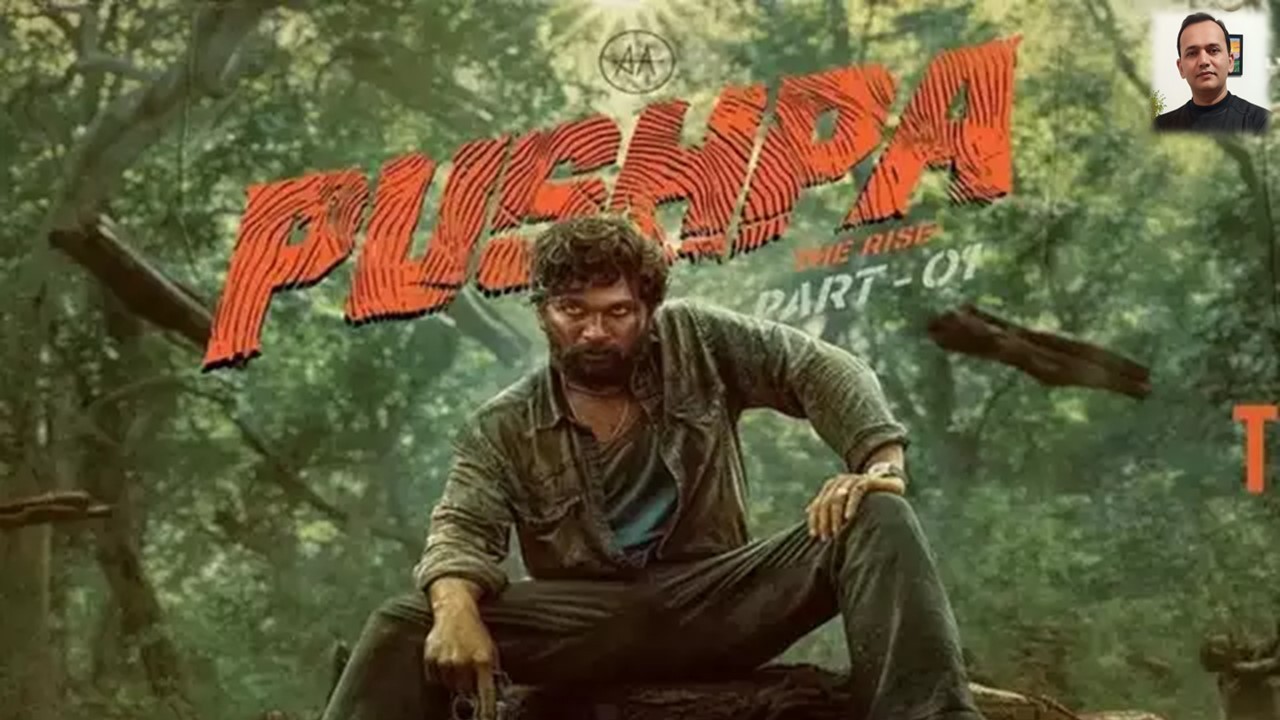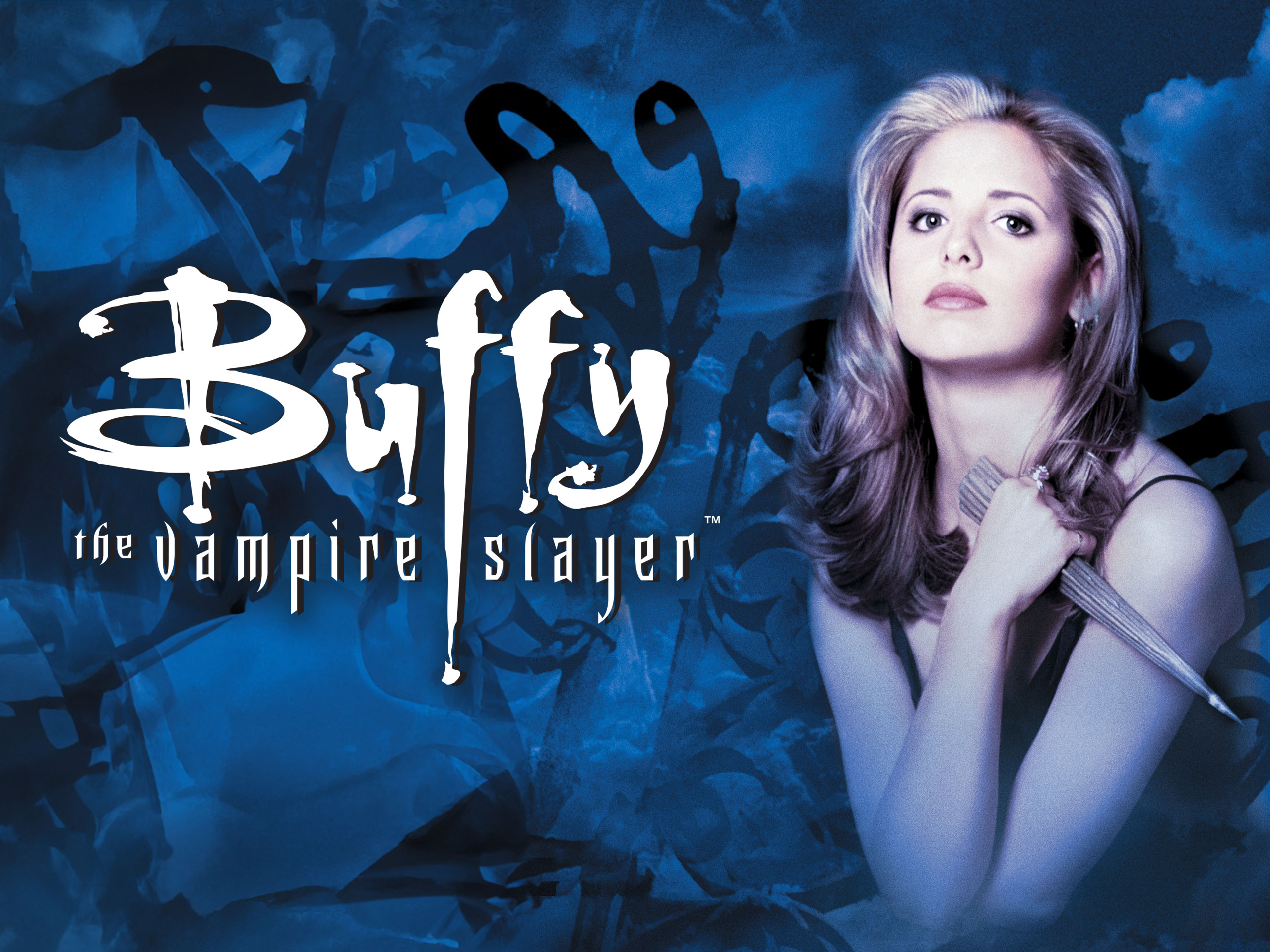The holidays are almost over and the new year is slowly approaching. This year has been tough politically and socially with all the weird and crazy happening in the news. This has been a year for reflection and hoping that, maybe next year, things can turn around and people can start believing again in the human spirit.
The human spirit is a tricky thing to discuss. Are we inherently born flawed or is it something that is exposed to us as we grow older whether we want to accept it or not? What causes people to shift their personalities and change their belief structure when the past they were never like that? Psychological studies can offer more in-depth details but this is the subject for the movie that I have viewed that shows us how the human spirit can change and whether redemption is justified or a hopeless attempt. The Phantom Carriage is a silent Swedish film made in 1921 that, as a modern viewer of cinema, has some future influences with It’s a Wonderful Life and The Shining. Those kind of movie titles can be appealing, so, we’re going to discuss the plot (spoiler free), the acting, and the overall message that the film is expressing. Let’s keep warm and cover our mouths as we discuss The Phantom Carriage.
In the slums of a city in Sweden (or it can be any town in the world), we have a dying sister from the salvation army requesting a man to come visit her. The man is David Holm, the local drunk and downright horrible human being. At the request of the sister, people start looking for David and they find him drinking in the graveyard with some friends before midnight. David tells the story his friend Georges told him a year earlier in which the last person to die before midnight will become the new death for the year and will ride the phantom carriage as the representative and collect peoples souls and send them to their afterlife. After the story, when he denies seeing Sister Edit, the drinking buds start fighting with David.
They clock him on the head with a bottle and David is unresponsive. They flee and the phantom carriage and death arrive and find David. The rest of the plot delves into why David is such a horrible human being and that alcohol basically killed his relationship with family, friends, jobs and life as he also suffers from the consumption. Over the rest of the movie, death sort of represents the ghosts of past, present and future (from A Christmas Carol). The plot is simple but it’s executed in such a way that seems fresh. The main character of David is so heinous that you wonder why so many people want to help him with his problem and yet, he denies everyone because he has such a frozen heart that he doesn’t accept help from anyone, especially women. The whole movie is about redemption and how far a man can fall from grace and yet, with some support from unknown powers and opening your eyes to what could be and what might happen, one can try and find a way to change and seek forgiveness from past transgressions.
The acting is very good for silent movie actors. With no dialogue, and some text frames, you can figure out who each actor is and what they represent. David, is acting very well showing his young naivety, to his angry drunken psychological and physical abuser to all the women that comes across him, including his wife and Sister Edith. He has a nice range of tipsy drunk to sloshed with subtle nuances with how he walks, smiles and looks at people. Each motion he takes has a purpose and it shows as well how much he has had to drink when he took that movement or strike. Sister Edith is naive and acts with a kind heart. She has the look of the innocent angel who wants to change the dregs of society with denying their vices and find G-D and try to be better human beings.
David’s wife, Anna, is a woman scarred by the past of David. She acts with frailty and uneasiness due to his drunken escapades. I think there is some parallel between Anna and Shelly Duvall’s character in The Shining. Anna wants to be free from David and does whatever she can to escape it. She showcases some strength when it comes to her children but throughout the movie, shows its wearing on her and she is just tired and weak and cannot handle David. Her acting shows us what some people go through when they are in a bad state mentally and how it’s not always so easy to escape.
The message of the movie is all about redemption. It shows us that even the most vial and unlikable human being who shows no remorse for his actions and the effects it has on other people, can have his eyes opened when you have a clear head and see what happens when you act like a complete ass to loved ones and friends who want to help. David is one of the most awful human beings, in that, he has no redeeming factors throughout the movie and his main motivation is revenge and anger toward his wife. He would cough on people to give them consumption thinking that he will take some others with him. It’s only when death comes marching at your door that you seek redemption. Which also begs the question will David actually follow through his redemption story or will he relapse. You see, its only when death comes at your door that you ask for forgiveness and seek salvation and peace. However, if given a second chance with life, how long will it take to go backwards and relapse? David is given a second chance with life and he seeks forgiveness from his wife. His wife accepts the forgiveness and the movie ends with them both crying.
The main thing is that David is an addict and it doesn’t seem like the kind of person who will willingly keep trying to better himself since he cannot give up the alcohol. I think, overall, though this movie is about redemption, I think it is also about never taking life or a second chance for granted. The few in life get second chances and you cannot take those as so matter of fact. You have to constantly work and strive to be better in your everyday life. David finds his second chance and, in terms of the movie, I wonder how long until he squanders his opportunity.
This movie is a good and dark movie. I found the movie on YouTube, so, feel free to watch it when you have the time. The New Years theme of new year, new adventure and new outlook is felt throughout the movie and it’s a good message to share with the audience because not every person will be rewarded with a lot but even just given a second chance to be with your family might just be enough for some. I think the theme and the setup of the movie. It uses nice cyan filters and sepia as well to showcase the night time and the inside lighting changes. The acting is very nicely done and it shows how you don’t need strong dialogue to showcase raw emotions and use your facial structure to get across what kind of tone you’re trying to tell the audience. I’d recommend this movie to anyone before or after New Years as it shows a nice message and it can also make you feel grateful for what you have and what you want to strive for.

Movie
Is ‘Kraven the Hunter’ a Total Letdown?

“Kraven the Hunter,” directed by J.C. Chandor, aims to introduce a beloved Spider-Man villain to the big screen, but unfortunately, it falls short of expectations. The film suffers from noticeable issues, notably an overuse of ADR (Automated Dialogue Replacement), which detracts from the authenticity of the characters’ interactions and contributes to an uneven audio experience. This technical flaw is compounded by rough storytelling that feels disjointed and lacking in coherence, leaving viewers struggling to connect with the narrative.
Aaron Taylor-Johnson delivers a commendable performance as Kraven, showcasing the character’s gritty nature and complex motivations. His portrayal has potential, and it’s evident that he could elevate the character far beyond what is presented with a stronger script and direction. However, the absence of Spider-Man, a central figure in Kraven’s lore, leaves a void that the film struggles to fill. Without this critical connection, the plot meanders and fails to create the tension or stakes that fans of the superhero genre crave.
Additionally, including Rhino as a villain feels like a missed opportunity; he is presented more as a gag character with limited screen time, undermining any sense of threat or depth. For the average moviegoer, “Kraven the Hunter” might entertain but ultimately feels like a mediocre viewing experience. Comic book fans, however, may find disappointment in this lackluster attempt to create a solo character film. Instead of an exhilarating dive into Kraven’s world, the film presents a watered-down version, leaving audiences wishing for a more cohesive vision that honors its comic book roots.
Movie
A Brief Review and History of A Year Without a Santa Claus

A Year Without a Santa Claus, the 1974 stop-motion holiday classic produced by Rankin/Bass, is a heartwarming and whimsical tale that has cemented its place in holiday traditions. Based on Phyllis McGinley’s 1956 book, the story revolves around a disheartened Santa Claus who, feeling unappreciated, decides to take a year off from his Christmas duties. It’s up to Mrs. Claus and a pair of well-meaning elves, Jingle and Jangle, to reignite the Christmas spirit and show Santa the world’s unwavering belief in him.
The movie is beloved for its unforgettable characters, especially the bickering Miser Brothers, Snow Miser and Heat Miser. Their catchy, vaudeville-style musical numbers, “Snow Miser Song” and “Heat Miser Song”, are so iconic they’ve become cultural touchstones, often parodied and celebrated decades later.
Directed by Arthur Rankin Jr. and Jules Bass, the film continues the duo’s tradition of stop-motion magic, blending heartfelt storytelling with quirky humor. The voice cast, featuring Mickey Rooney as Santa and Shirley Booth as Mrs. Claus, delivers standout performances. Booth’s warm narration was her final acting role before retirement, adding a layer of poignancy to the film.
Initially released on December 10, 1974, on ABC, the special didn’t immediately achieve the legendary status of Rudolph the Red-Nosed Reindeer. However, it gained a dedicated following through annual holiday airings, nostalgic appeal, and its distinct charm.
The film’s themes of hope, unity, and rekindling joy remain timeless, making it a perennial favorite for audiences of all ages. Its blend of humor, catchy songs, and a touching message about believing in magic and goodwill ensures its enduring legacy during the holiday season.
For fans of holiday classics, A Year Without a Santa Claus is a must-watch that never fails to warm hearts and spread cheer.
Streaming
Review: Pushpa: The Rise (2021)

Director: Sukumar
Cast: Allu Arjun, Rashmika Mandanna, Fahadh Faasil
Genre: Action, Drama
Rating: 4.5/5
Pushpa: The Rise is a raw, adrenaline-fueled ride that showcases the underbelly of the red sandalwood smuggling trade in Andhra Pradesh. Directed by Sukumar, this movie brilliantly blends high-octane action with emotionally driven storytelling, making it a must-watch for fans of Telugu cinema and action dramas.
The narrative follows Pushpa Raj (Allu Arjun), a laborer in the red sandalwood trade, as he climbs the ranks to become a powerful figure. Born into poverty and scorned for his illegitimacy, Pushpa’s journey is marked by grit, ambition, and a fierce sense of self-respect. The film deftly balances the action-packed rise of Pushpa with moments of vulnerability, particularly in his tumultuous romance with Srivalli (Rashmika Mandanna).
The antagonist, Bhanwar Singh Shekhawat (Fahadh Faasil), is introduced towards the film’s end, setting the stage for a gripping sequel. The climactic confrontation between Pushpa and Shekhawat is a masterclass in tension-building, leaving viewers eagerly awaiting Pushpa: The Rule.
Allu Arjun: This is Allu Arjun’s film through and through. His transformation into Pushpa is a revelation, from his rugged look to his unapologetic demeanor. His mannerisms, including the now-iconic shoulder rub and dialogue delivery, make Pushpa an unforgettable character.
Rashmika Mandanna: While her role as Srivalli adds emotional depth to the story, it feels slightly underutilized. However, her chemistry with Allu Arjun is undeniable.
Fahadh Faasil: Despite limited screen time, Fahadh delivers a chilling performance as the cold and calculating Shekhawat. His presence promises an explosive conflict in the sequel.
Sukumar’s direction is stellar, balancing mass appeal with nuanced storytelling. The screenplay maintains a brisk pace, seamlessly weaving action sequences with character development. The film’s raw and grounded tone is a departure from the glossy feel of many mainstream Telugu films, adding authenticity to the story.
Mirosław Kuba Brożek’s cinematography is stunning, capturing the lush forests of Andhra Pradesh and the gritty world of the red sandalwood trade.
Devi Sri Prasad’s music is another highlight. Tracks like “Srivalli” and “Oo Antava” became cultural phenomena, while the background score enhanced the film’s intensity.
Action Sequences: The action choreography is visceral and hard-hitting, perfectly complementing the film’s tone.
The film explores themes of ambition, class struggle, and self-respect. Pushpa’s refusal to bow down to societal norms resonates deeply, making him a relatable anti-hero. The story also critiques the systemic exploitation of laborers, adding a layer of social commentary.
Pushpa: The Rise is an exemplary action-drama that redefines the Telugu film industry’s global appeal. With a magnetic performance by Allu Arjun, stellar direction by Sukumar, and unforgettable music, it stands out as one of the best films of 2021. While it occasionally falters with some underdeveloped subplots, the overall experience is nothing short of spectacular.
4.5/5 Pushpa: The Rise is a cinematic feast that deserves its cult status. Whether you’re a fan of Telugu action films or a newcomer, this film is a must-watch. Its cliffhanger ending ensures that Pushpa: The Rule will be even bigger and better.



